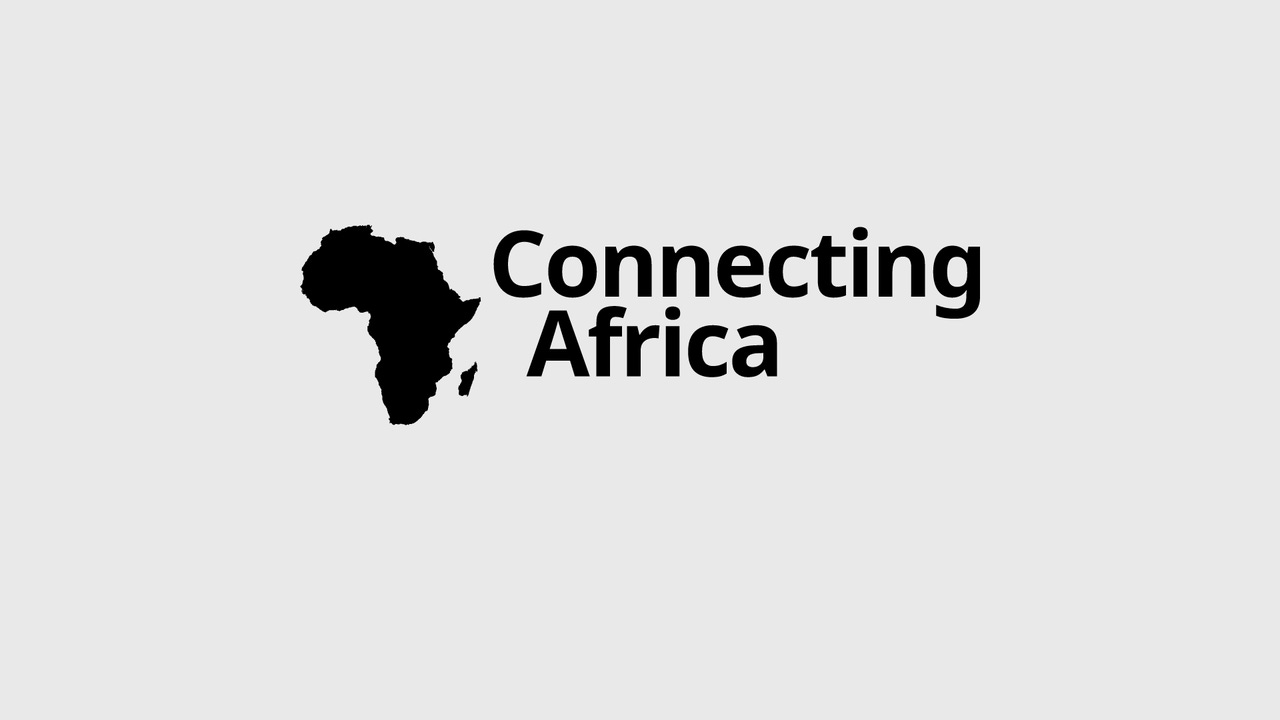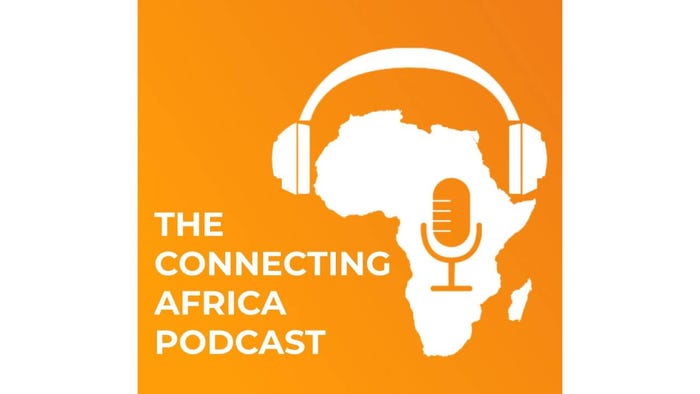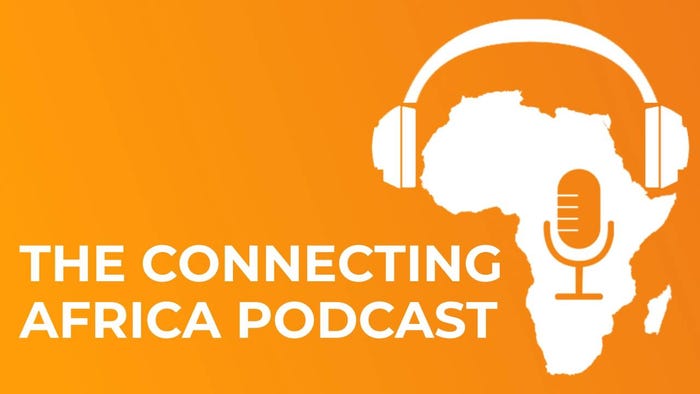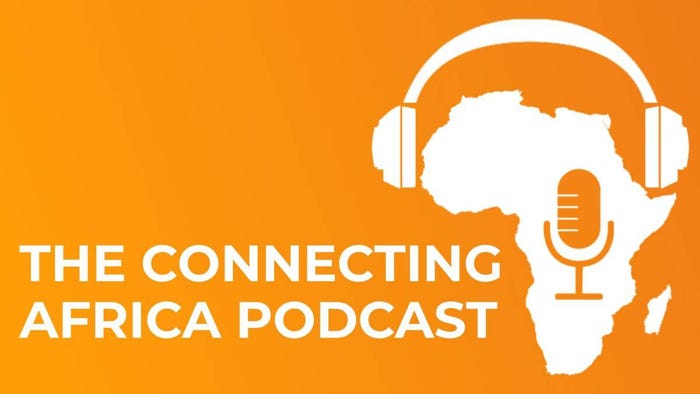Encouraging financial inclusion through technology-led microinsurance servicesEncouraging financial inclusion through technology-led microinsurance services
May 14, 2016

By Dipak Patel - Senior Manager Presales, Panamax

The insurance industry constantly needs to evolve and address the critical needs of their existing and potential customers. As such, tailored services are the talk of the town and are highly attractive to customers. In order to encourage financial inclusion in regions such as Africa, insurance companies need to adapt and introduce an insurance that people can afford. This is where the microinsurance model can be hugely beneficial.
Understanding microinsurance
Microinsurance is an insurance that is tailored to suit the specific needs of low-income groups or the urban poor in developing economies. Saying that microinsurance will reduce poverty might sound like an overstatement, yet it's not erroneous to suggest that microinsurance would undoubtedly help those with a limited income cope with unforeseen expenses in the areas of health, property, automobiles and agriculture, amongst others. It will also aid in including more people in developing countries into the financial ecosystem.
The ramifications for businesses
First of all, businesses need to understand that this is not a CSR activity or a charity model. On the contrary, there are many business benefits tagged to microinsurance. Introducing microinsurance will help insurance services penetrate more deeply into the market and cover all those potential customers who cannot afford huge premium payments. This, in turn, generates profits for insurance companies. In addition to profits, the insurance providers can tap into a larger, more diversified risk pool and also earn a more solid reputation. Additionally, these insurance providers enjoy the 'first mover' advantage and can fortify a sustained growth in developing markets.

Driving microinsurance deep into the ecosystem using mobile finance technology
In order to facilitate sustainable growth, to include more people who actually need microinsurance into the fabric, and to tap into the emerging opportunities on the continent - innovation, agility, and collaboration are important. These should be applied to see how microinsurance can be distributed across Africa.
Distribution drives microinsurance and without it, even a high quality product is rendered irrelevant. Therefore, it is important to select a distribution channel that is appropriate for your target market. When there is the lack of proper mass distribution channels, then reaching out to people who need microinsurance can be a huge struggle.
Mobile microinsurance (MMI) is the savior in this instance. MMI is successfully used by agent-led models, bank-led models, MNO-led models and business models to run successful insurance services. While agent-led models are popular in Asia Pacific, and bank-led models in emerged markets, in Africa we have seen a surge in the popularity and success of an MNO-led model.

The MNO-led model - A success story in Africa
MNOs in Africa lead the way to the mass adoption of microinsurance. According to The Landscape of Microinsurance in Africa report (2015), mass market channels (specifically MNOs) are common for microinsurance distribution. The report indicates that more than 200 providers from 36 countries, out of the total 52 countries in Africa, reported some kind of microinsurance activity. A total of USD 647 million was spent on microinsurance premiums. Around 5.4% of the total population was covered and about 61.9 million people were insured.
Today MNOs are not merely providing a delivery channel, they are driving MMI development. Previously, MMI was used by insurers only as a tool to expand their customer base, but today mobile microinsurance is largely used by MNOs to build customer loyalty and reduce churn in an increasingly competitive voice market.
Mobile network operators (MNOs) are taking charge, as often as the insurers. Around one-third of deployment (equal to insurers) is led by MNOs. The remaining is driven by banks, governments and third parties. Today, MNOs are actively involved in the branding, marketing and development of MMI products and establishing a front-end relationship with customers, thus playing a role that is more etched and evolved than simply being a distribution channel.
Clearly, mobile finance technology is the driving force behind deep penetration of microinsurance amongst the low-income and urban poor population. Mobile microinsurance solutions enable insurance companies to offer a wide range of services and products over mobile, with or without agent intervention. This also offers customers the convenience to choose options that will cover them, yet still not force them to pay for deductibles they will probably never use.
About Dipak Patel:

Dipak has been in the telecommunications sector for more than 10 years. He currently serves as Sr. Manager Pre-sales at Panamax. Panamax is a leading technology company offering innovative & market-proven telecom switching, carrier business automation and mobile financial solutions. Dipak has shouldered various responsibilities, in Support, Operations, Training, & Pre-sales departments in the organisation.
Dipak is passionate about mobile finance solutions, and providing expert guidance to team members, customers and partners has always been his expertise. His penchant for cutting edge technologies, together with his passion in delivering outstanding solutions, is what drives him forward.
Dipak is visiting East Africa Com as a representative of Panamax Inc. Meet him at booth number 9. You can also send him an email at [email protected] to schedule a meeting at the event.
Webisite: www.panamaxil.com
Twitter: www.twitter.com/panamax_inc
LinkedIn: www.linkedin.com/in/dipak1432003
East Africa Com will be taking place in Nairobi between 18 -19 May, 2016.
.jpg?width=700&auto=webp&quality=80&disable=upscale)
_(1).jpg?width=700&auto=webp&quality=80&disable=upscale)
_(1).jpg?width=700&auto=webp&quality=80&disable=upscale)
.jpg?width=700&auto=webp&quality=80&disable=upscale)
.jpg?width=700&auto=webp&quality=80&disable=upscale)
.jpg?width=700&auto=webp&quality=80&disable=upscale)
.jpg?width=700&auto=webp&quality=80&disable=upscale)
.jpg?width=700&auto=webp&quality=80&disable=upscale)


.jpg?width=700&auto=webp&quality=80&disable=upscale)
